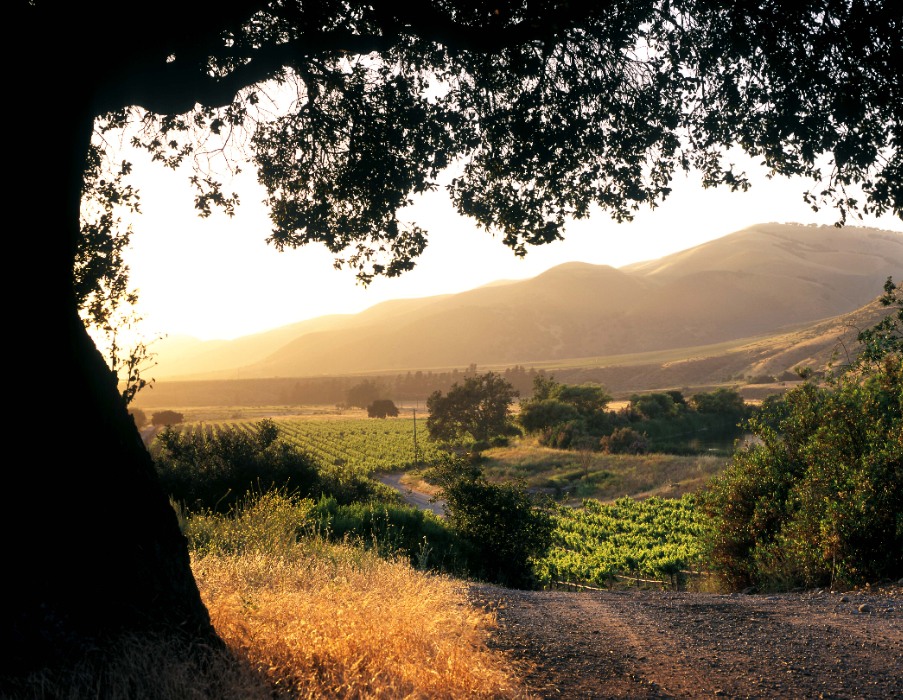The Wolf Post offers a professional service with free access, without subscription.
For this reason, a donation would also be a sign of appreciation for our work.
Santa Maria Valley is located in northern Santa Barbara County on California’s central coast. With a vineyard area of 7,500 acres, it is also the first officially approved American Viticultural Area (AVA) from the Central Coast.
Grape cultivation in the Santa Maria Valley dates back to the early Mexican colonial period in the 1800s. In 2011, 18,790 acres and nine vineyards were added to the Santa Maria Valley AVA which today has 30 tasting rooms.
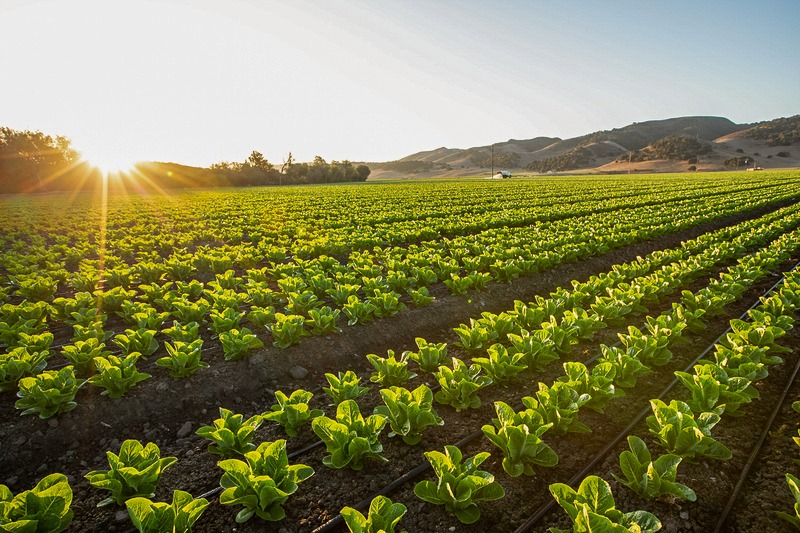
©Santa Maria Valley Wine Country
With its natural funnel shape, the Santa Maria Valley AVA is bounded by the San Rafael Mountains and Los Padres National Forest to the east and the Solomon Hills and the city of Santa Maria to the west.
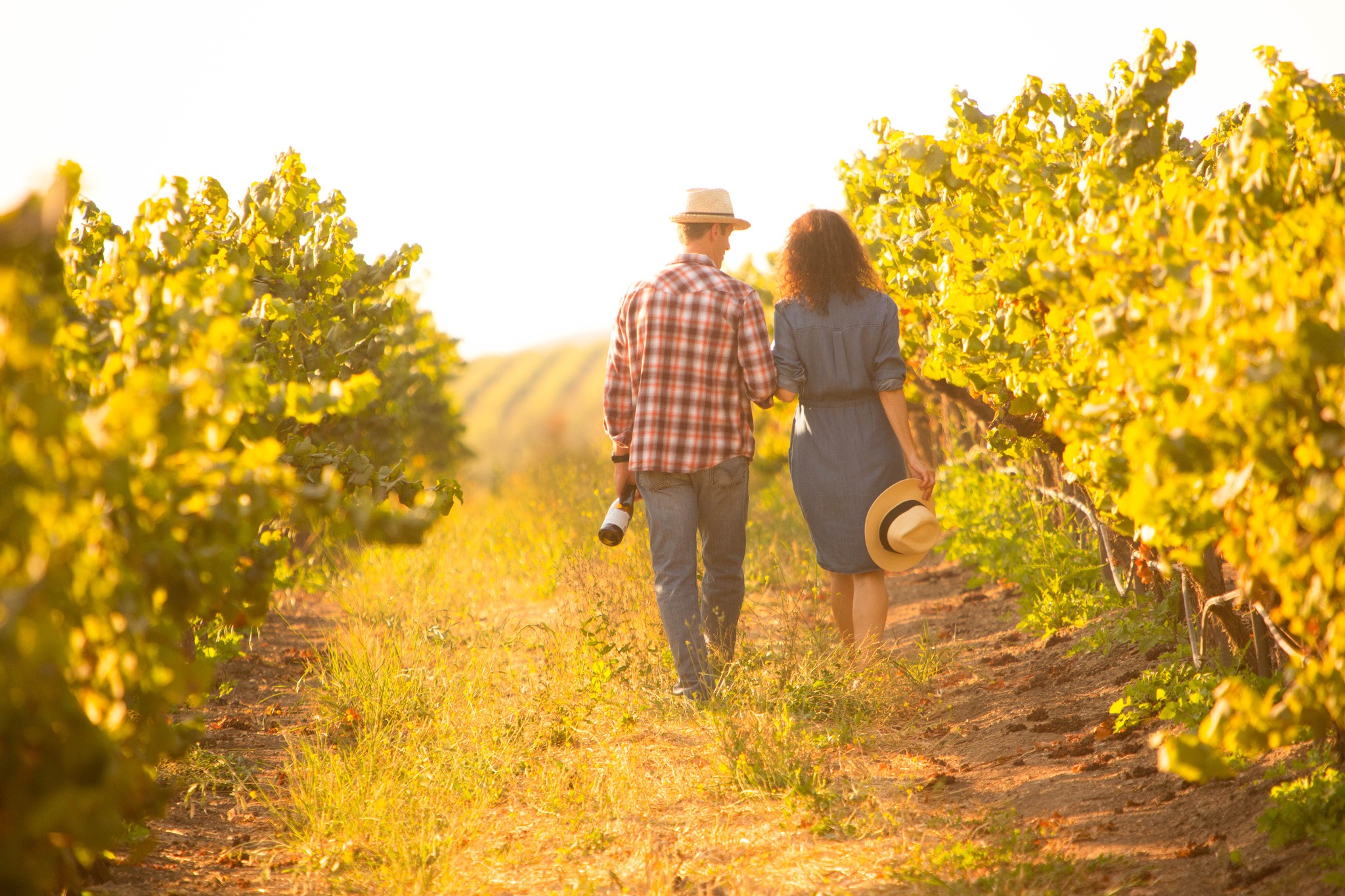
©Santa Maria Valley Wine Country
The valley’s rare east-west orientation draws cool ocean air directly into the region, bathing the vineyards in cool Pacific mist. The climate is predominantly Mediterranean with long growing seasons. Hence, the appellation given to the area by experts as “the most dynamic wine region in the world”. The crucial extra time that the grapes spend on the vine, together with the complex conditions of our soil, makes the grapes tastier and more balanced.
The Santa Maria AVA Valley has two distinct winegrowing areas, Santa Maria Bench and Santa Maria off the Bench. The wines grown in Santa Maria Bench (at the foot of the Tepusquet), have more earthy and rounded textures due to the alluvial soils and foggy climate. Wines produced outside (closer to sea level) have more fruity and spicy flavors because they are exposed to more sun.
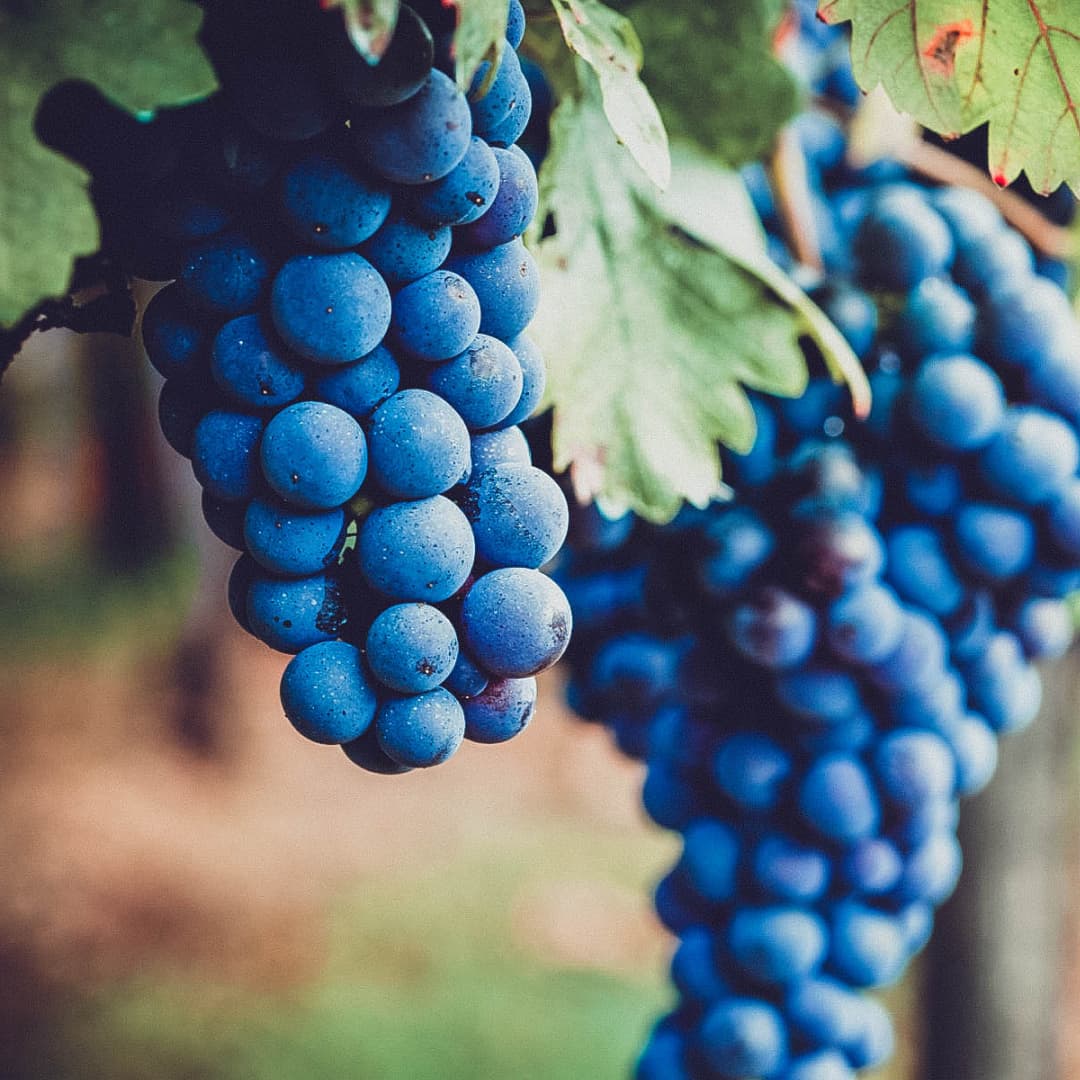
©Santa Maria Valley Wine Country
Wine Varietals:
Chardonnay from the Santa Maria Valley
Chardonnay, a green-skinned grape, is the most popular grape variety in the United States and the most widely grown white wine grape in the world. Chardonnay is known for being abundant and capable of growing in many different climates, but it finds a special home in the cool, Mediterranean climate of the Santa Maria Valley.
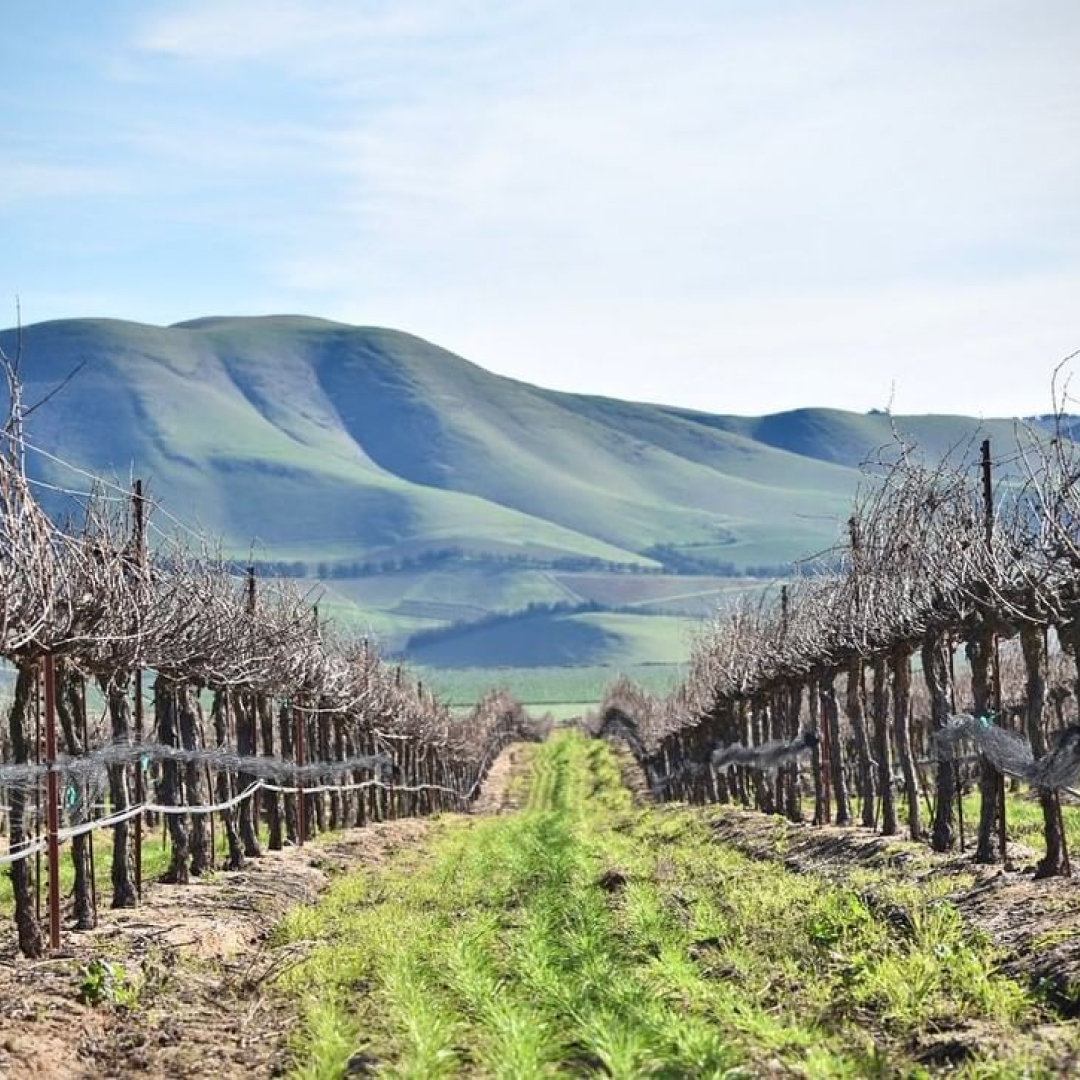
©Santa Maria Valley Wine Country
Pinot Noir from the Santa Maria Valley
Pinot Noir is a flavorful, light-bodied red grape that produces spicy, acidic and versatile wines. The ancient Romans are believed to have been among the first to cultivate and produce Pinot Noir. This popular red wine thrives in the same climate as Chardonnay, which is why both varieties grow so well on California’s Central Coast. Pinot Noir is notoriously difficult to grow because the grapes cluster in tight clusters, making them easy targets for fungi. Pinot Noirs grown in different AVAs around the world have different flavor profiles, but Pinot Noirs grown on the Central Coast are known for having fruity, spicy, warm vanilla undertones.
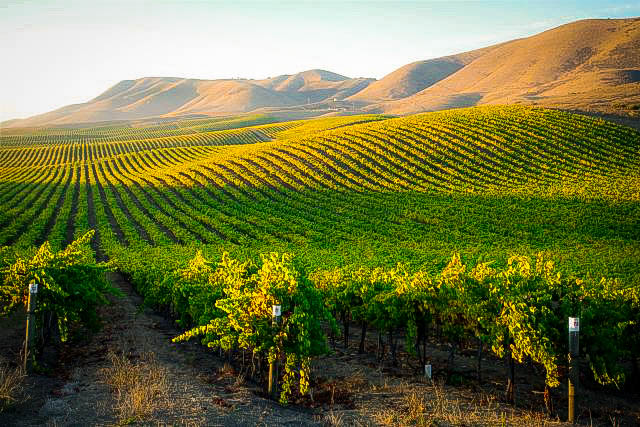
©Santa Maria Valley Wine Country
Syrah from the Santa Maria Valley
Sometimes known as Shiraz, Syrah is the dark-skinned grape that complements the Santa Maria Valley’s big three varietals. The Syrah grown and produced in the cool climate of the Santa Maria Valley includes notes of berries and pepper. Syrah is most often aged in oak barrels, but can occasionally be aged in steel.

©Santa Maria Valley Wine Country
The Foxen Canyon Wine Trail, which connects Santa Maria Valley and Los Olivos, is home to some of California’s most accomplished winemakers. Fourteen wineries spread along the 30-mile stretch of Foxen Canyon Road that runs between Los Olivos and Santa Maria. Winding roads and breathtaking vistas with vineyards all along the 30-mile road is an opportunity to taste wine from Santa Barbara County’s oldest appellation.


